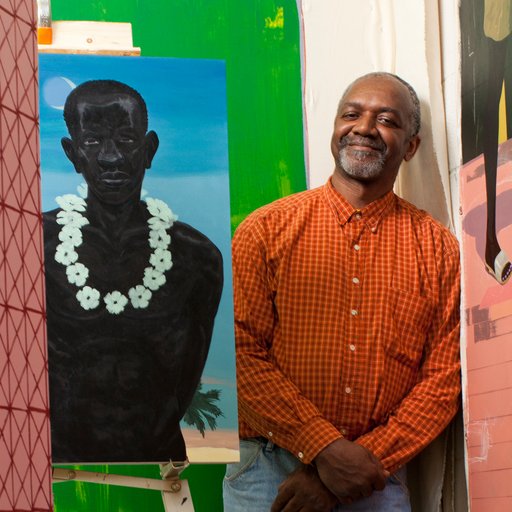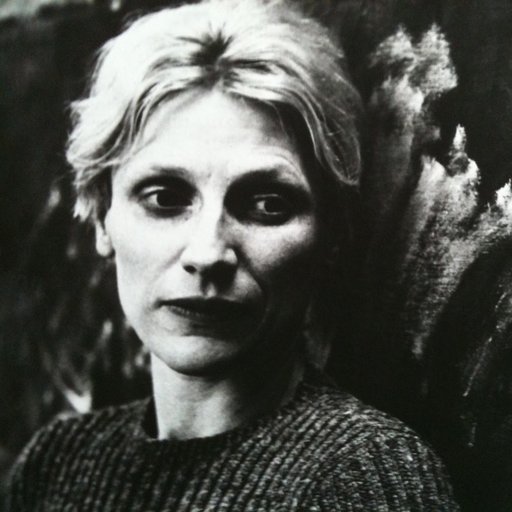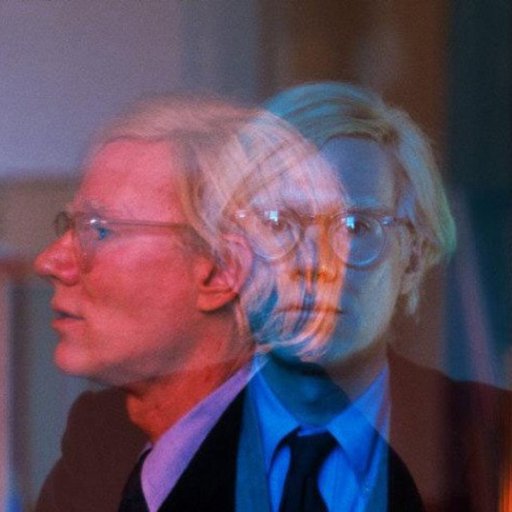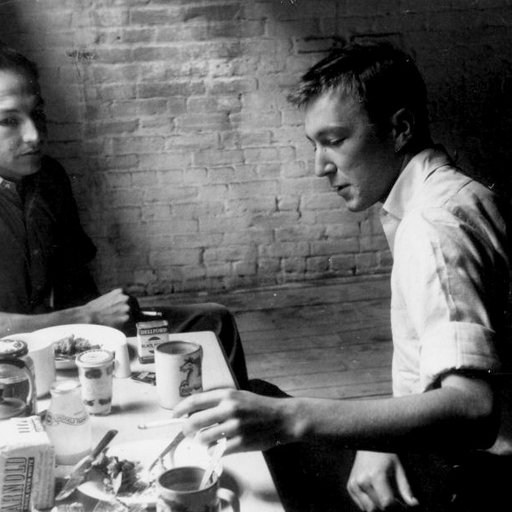It was in 1976 that Mary Kelly's epic series, Post Partum Document , hit the British headlines. This work exploring the artist's relationship with her infant over the course of six years precipitated a media storm because it framed and exhibited a social taboo—a baby's dirty diapers. Kelly's combination of texts with images and found objects was to prove pivotal, however, not only to the development of Conceptual Art but also to twentieth-century feminism.
When one thinks of "feminist art," his or her mind most likely goes to second-wave staples like Judy Chicago's The Dinner Party (1974-1979) or Carolee Schneemann's Interior Scroll (1975). "Second-wave feminism" refers to a generation of pioneering female artists working in 1960s and '70s who embodied the infamous phrase "the personal is political," by putting bodies, emotions, and domestic labor on display. But these artists are often criticized for being essentialist and presuming that an inherent female identity exists based off biology. In the 1980s, artists like Mary Kelly took a much more conceptual and theoretical approach to feminism, seeking to dismantle the patriarchy through psychoanalysis rather than biological vaginal power. So what "wave" does Kelly belong to?
In this excerpt from Phaidon's Mary Kelly monograph, Kelly speaks to renowned art historian and AIDS scholar Douglas Crimp (who curated the first Pictures exhibition that introduced appropriation artists like Sherrie Levine and spearheaded postmodern art theory) on how she sees her work in relation to feminism(s) and why the later conceptual or "theoretical" feminism's turn to the psychoanalytic subject is always political.
 Mary Kelly, detail of
Post-Partum Document Introduction
, 1981
Mary Kelly, detail of
Post-Partum Document Introduction
, 1981
Douglas Crimp: I want to talk initially about the reception of your work in the American context, which is how I came to know it. Because my interest in postmodernism and the critique of art institutions did not include, as it might have, the feminist critique of vision, my involvement with feminist art practices and with your work was somewhat delayed. Probably this has to do with how long it took me to take my own subjectivity, my sexuality, into account into my work, something that didn’t being until 1986, when, in the first of the “Dia Conversations on Contemporary Art,” I spoke about art and AIDS. My talk concerned what seemed to me a hierarchal division of political art in two simultaneous shows at the New Museum: the Hans Haacke exhibition and a small, ancillary show called “Homo Video” organized by Bill Olander. The year before, the New Museum had organized the “Difference” show, which included your work along with other British and American artists engaged with questions of sexual difference. But your work had been shown in the U.S. before that. When did you come to New York?
Mary Kelly: It was in 1983 when Jo Anna Isaak organized “The Revolutionary Power of Women’s Laughter,” for the Protech McNeil Gallery. Then the entire Post-Partum Document was shown at the Yale Center for British Art in 1984, and part of it was include in the “Difference” show, curated by Kate Linker, at the New Museum, in the same year. I think that’s how my work became contextualized with what has been described by Benjamin Buchloh as a second group of conceptual artists, mainly women, even though I began working at an earlier period that has another history in Europe.
Coming to the U.S at a later stage in the 1980s meant that my work was historicized within a context that placed emphasis on institutional critique , on photographic work, and what was termed “ appropriation .” It was also a moment when so-called essentialist feminism was being questioned by what is now called social constructionism—not my term—but it’s become a label that’s applied to me as well as artists like Jenny Holzer and Barbara Kruger. In the 1970s, that division between essentialism and constructionism wasn’t so apparent.
If you go back to the founding of the women’s movement in Europe, in 1968, it was about not only changing our conditions—legally, practically, politically—but also trying to find a theoretical apparatus that recognized the subjective dimension of that process. And this led us to look at Freud and later Lacan, who hadn’t even been translated yet. The work of that period was not really about establishing our difference form other kinds of feminisms….
But surely cultural feminism was known in Europe. In fact Juliet Mitchell engages with writers such as Kate Millet in Psychoanalysis and Feminism.
I’m not sure I would have called Kate Millett a cultural feminist. Radical feminists and socialist feminists—that’s how it broke down in England. Those feminisms were already inscribed in larger movements, except that radical feminism was separatist and socialist feminism used the slogan “separate but not autonomous,” meaning part of a broader movement for social change. What I think of as cultural feminism in the U.S. was perhaps best exemplified in projects such as Judy Chicago’s The Dinner Party and not necessarily in the broader women’s movement represented by organizations like NOW.
 Installation view of Mary Kelly's
Post Partum Document
(1973-79) at Generali Foundation, Vienna (1998)
Installation view of Mary Kelly's
Post Partum Document
(1973-79) at Generali Foundation, Vienna (1998)
But when you began working on the Post-Partum Document, were you not aware of the feminist art being made in the U.S., work like that at Womanhouse?
No, because it hadn’t been made. It was happening simultaneously on two fronts. I was aware that Judy Chicago was doing something, but it wasn’t formed enough for it to be contentious. We were working in different ways on what we thought was the same project. “Women of the World Unite” was the slogan that prevailed. There was a different political atmosphere in the 1970s, which didn’t apply to the moment when you and I met in the 1980s. By then, there was a cultural movement developing in Europe and the U.S. that…
…was reacting to essentialist feminism?
Well, what I’m trying to say is that my work cannot be a reaction because it was part of a founding moment. What happened in the 1980s was the reaction of a second generation against the first generation of cultural feminism, and even though I was part of the first generation I was identified with the second.
 Mary Kelley,
Post-Partem Document: Documentation I, analysed faecal stains and feeding charts (prototype),
1974
Mary Kelley,
Post-Partem Document: Documentation I, analysed faecal stains and feeding charts (prototype),
1974
It's true that much of the work which you came to be aligned with was in fact made in relation to your already existing work, and to this context in which your work had developed, knowledge of which came to this country largely through Screen magazine and feminist film theory.
But for me the story doesn’t begin there. First of all, I was an artist making systems work without any political content, if you like. When the great upheavals of 1968 opened up areas of activism, none of us immediately responded at the level of our artwork. As Hans Haacke has said, for an interim period people just kept their art and their politics separate. For example, I did a performance in 1970 called An Earthwork Performed which involved shoveling coal. There was an obscure allusion to the miner’s strike, but for the most part, it was just a systematic series of actions.
Then I started to move to film and photographic media, which were assumed to be inherently more progressive, as a way of addressing political issues. In 1970 I became part of the Berwick Street Film Collective as an artist and as someone involved in the movement. I was drawn to what was becoming the dominant aesthetic of the Left in Europe—coming from Walter Benjamin, Bertolt Brecht, and Jean-Luc Godard, trying to make a film which would be about its own processes as well as the issue of unionization and the historicization of the women’s movement in that context.
From 1968 to 1970 I was at St. Martin’s School of Art in London because I was interested in the work there—people like Gilbert and George , Richard Long , Charles Harrison and Art and Language. But from the moment that this imposition of social issues occurred, there was also something very inadequate about the systemic approach to art, something wrong with the formula “art interrogating the conditions of the existence of the object” and then going on to the second stage and interrogating the conditions of the interrogating itself, but refusing to include subjectivity or sexual difference in that interrogation.
The people who were interested in doing that kind of theoretical work happened to be in film and not in St. Martin’s post-Caro conceptual group. Also, formally, when I saw Straub and Huillet’s Onthon , the long take going into Rome—you know they run the whole real, it’s ten minutes—I was knocked out, it just took my breath away, and I thought: why should all the interesting work be in film? Why can’t you do that in an exhibition? Why couldn’t I think about drawing the spectator into a diagetic space: the idea of real time or what you might call the picture in the expanded field. And that’s what I eventually got back into in Post-Partum Document.
 Mary Kelly, still from
Antepartum
, 1973
Mary Kelly, still from
Antepartum
, 1973
[...]
After I published the AIDS issue of October in 1987, I was accused of privileging AIDS activist art over any other aesthetic response to the epidemic. The assumption was that I was claiming that only work directly connected to movement politics had any real political force or meaning and was therefore the only work that should be supported. In fact, at that time, my argument was, rather, that activist work, agit prop, was being overlooked by art world institutions because they tenaciously held onto idealist notions of the work of art. This forced me to clarify my position, to demonstrate my commitments to other work on AIDS and to argue for other work also to be understood in political terms. Because you always stress your relation to the feminist movement, especially at the beginning of your work as an artist, I would be curious to know how you negotiate the charge that difficult, theoretically informed art practices are somehow not political. For example, I think it’s easy for most people to accept a slogan like “the personal is political,” but when you translate that in a particular way, as paying attention to the “subjective movement,” and paying that attention by taking a detour through psychoanalytic theory, it is often read entirely differently, as theoretical instead of political. I think much of the current work informed by queer theory confronts these same changes.
My work is not about positive images or local issues. It is, as I said, about continuing the legacy of institutional critique by expanding the notion of site to discourse, and discourses continually problematize themselves. So, my only aim is to keep pace with them. As far as feminism is concerned, that process is both theoretical and political. As far as “detours” are concerned, they’re always more interesting than the main road.



























